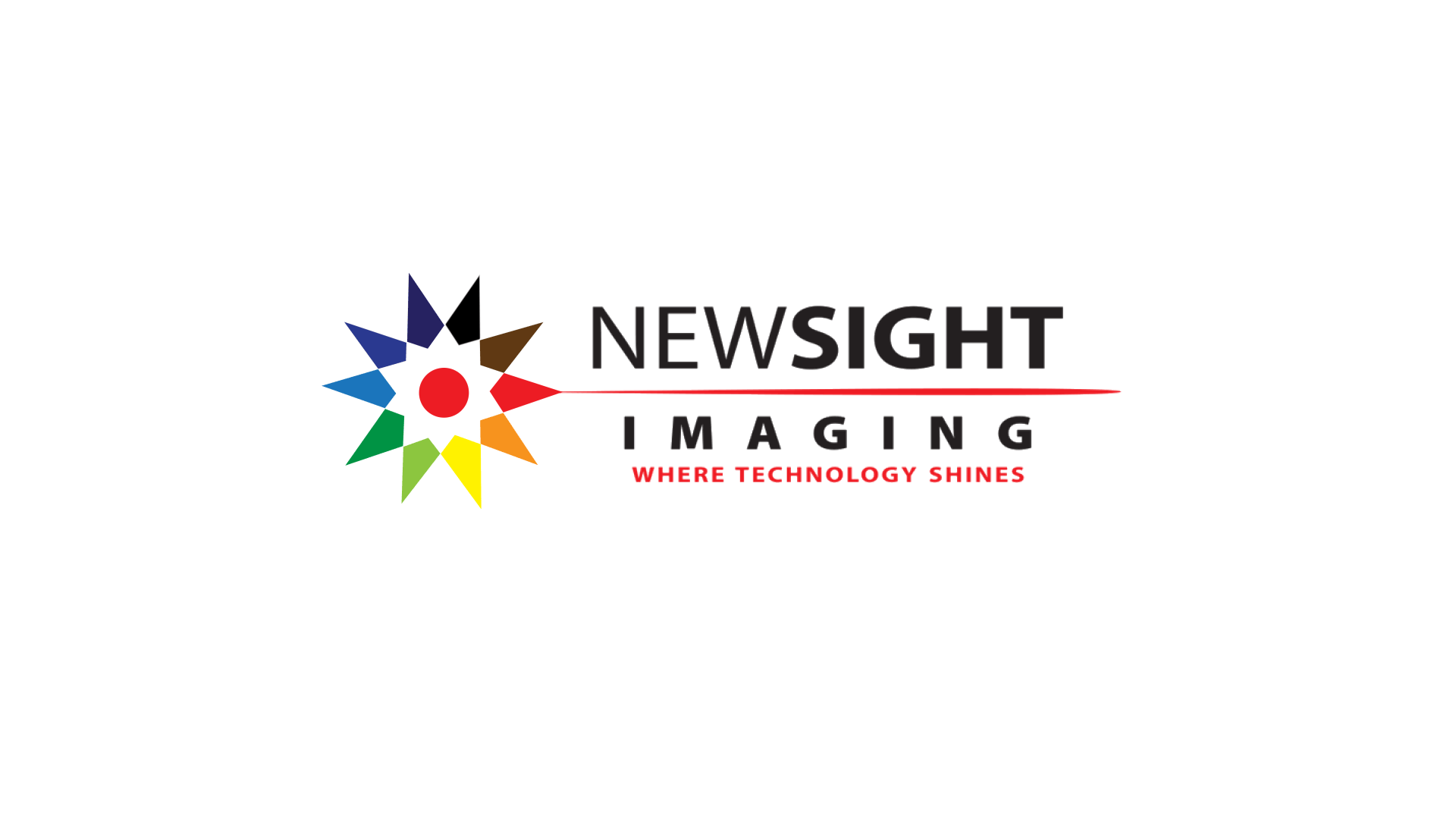
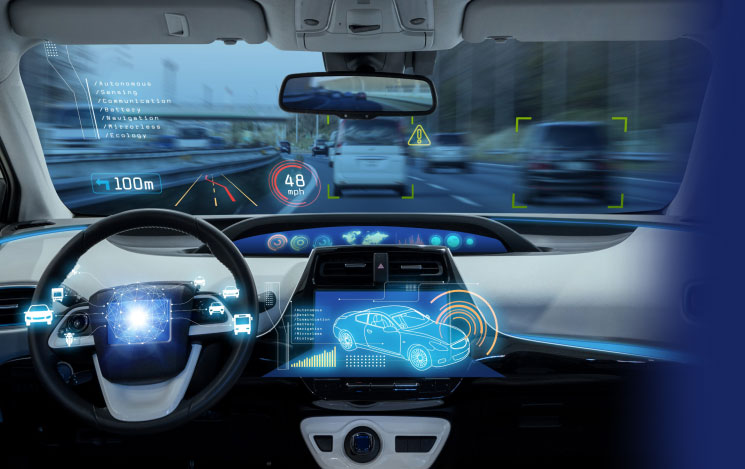
Newsight’s CMOS image sensors are used in many areas of mobility and contribute to major innovations in the automotive industry. Thanks to our enhanced Time-of-Flight technology (eTOF™), our sensors are able to capture a real 3D distance measurement for each pixel. At the same time, our technology is independent of lighting conditions, making it an absolute game changer.
Applications using our high-sensitivity and high-precision image sensors include LiDAR sensors for autonomous vehicles, ADAS safety systems, adaptive front lighting systems and much more.
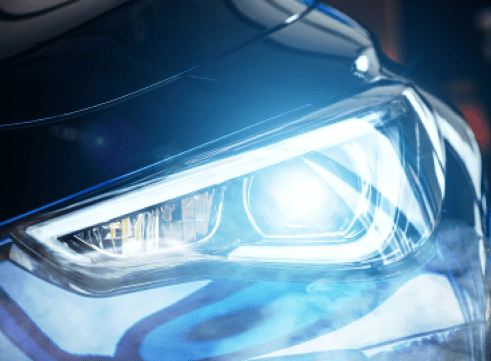
Our most recent collaboration is with ZKW Group, a leading company in lighting systems, bringing together the Adaptive Front Lighting System that optimizes the distribution of light with the use of image sensors to create improved immunity to blinding light and reflections according to driving circumstances. The Adaptive Front-lighting System (AFS) is using the sensor to detect passing vehicles using 3D technology and thus turning off LED corresponding to the vehicle’s location. The headlights pivot horizontally or vertically to follow the movements of the vehicle and other vehicles on the road.
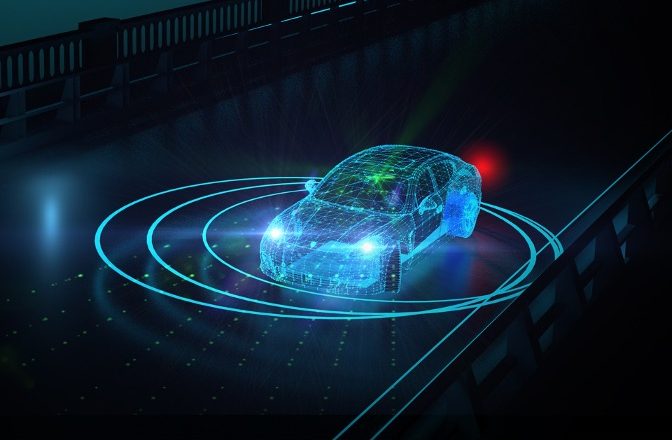
Newsight’s CMOS image sensors offer key advantages for automotive LiDAR, proving to be much more efficient in environmental conditions by leveraging several technologies, including extremely high pixel sensitivity, greater dynamic range, low power consumption, high frame rate, ease of interface, reduced noise, and immunity to unwanted ambient light (a very important capability).
Another benefit of using CMOS sensors for LiDAR is the ability to measure distances and depth points in connection with the brake assist system. For this area of innovation, the image sensors require higher resolution (which increases the distance at which objects can be identified and allows decisions to be made faster) and an MCU on-chip that allows for zero-latency response and decision making. Flexible operation through a series of configurations that can be switched from image to image allows sampling at various configurations to cover different scenarios that require different chip parameters and different sampling sequences.
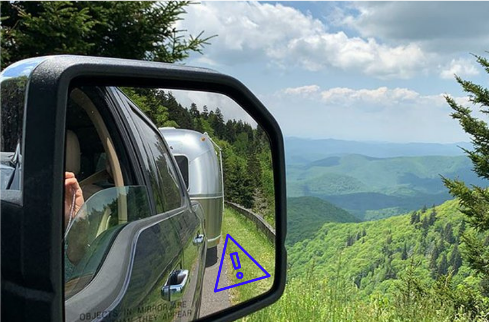
Newsight’s CMOS image sensors enhance the ability of ADAS to operate reliably and accurately in challenging lighting or weather conditions. One example of their use in ADAS systems is to generate a 3D side mirror warning for a nearby blind spot object. Blind spot monitoring and analytical side mirrors are widely used today and can be brought to the mass market at low cost using Newsight’s sensors.
With Multi Point eTOF™ & Imaging, we are able to detect the angle of the trailer. With ML and AI, we can then define the feature or edge of the trailer to track and distinguish it.
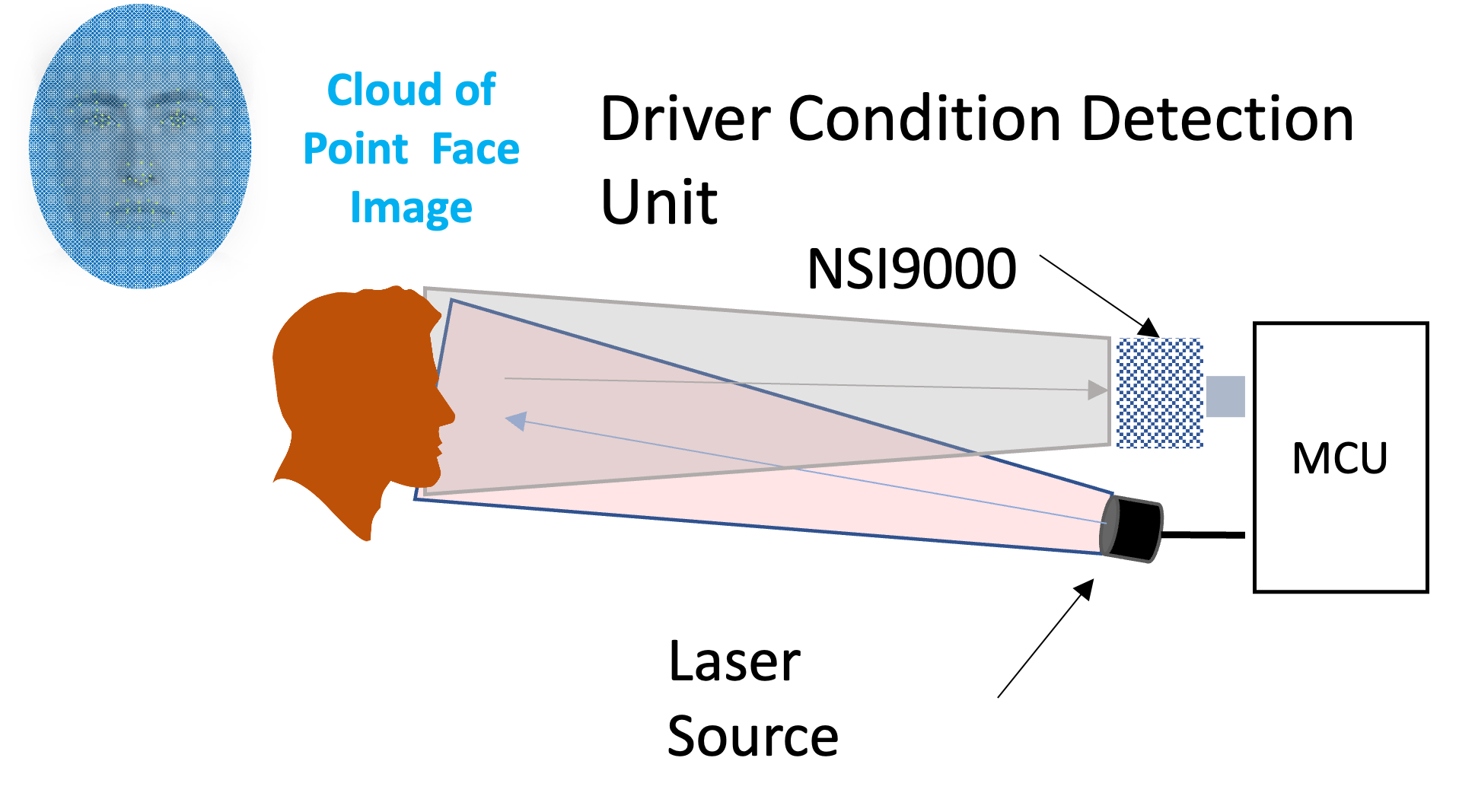
Driver Monitoring Systems (DMS) solutions that provide a depth map image of the driver’s face at close range are expected to experience a new boom. Eye tracking, as well as facial state detection as part of ADAS, will enable personalization, safety, and fatigue detection, among many other benefits, while maintaining driver privacy.

Capture range interval by using eTOFTM synchronized exposure. eTOF allows to control the exposure, pulse width and shutter delay:
Newsight’s sensors reduce the blinding effect of the fog to increase visibility, so that the fog in front of the car would not be visible, while a car at a long distance could be detected in the fog. Using machine learning, we create a full image ( short and long range) by selecting optimal configurations based on image analysis. Then we can fuse various objects into a unified view.
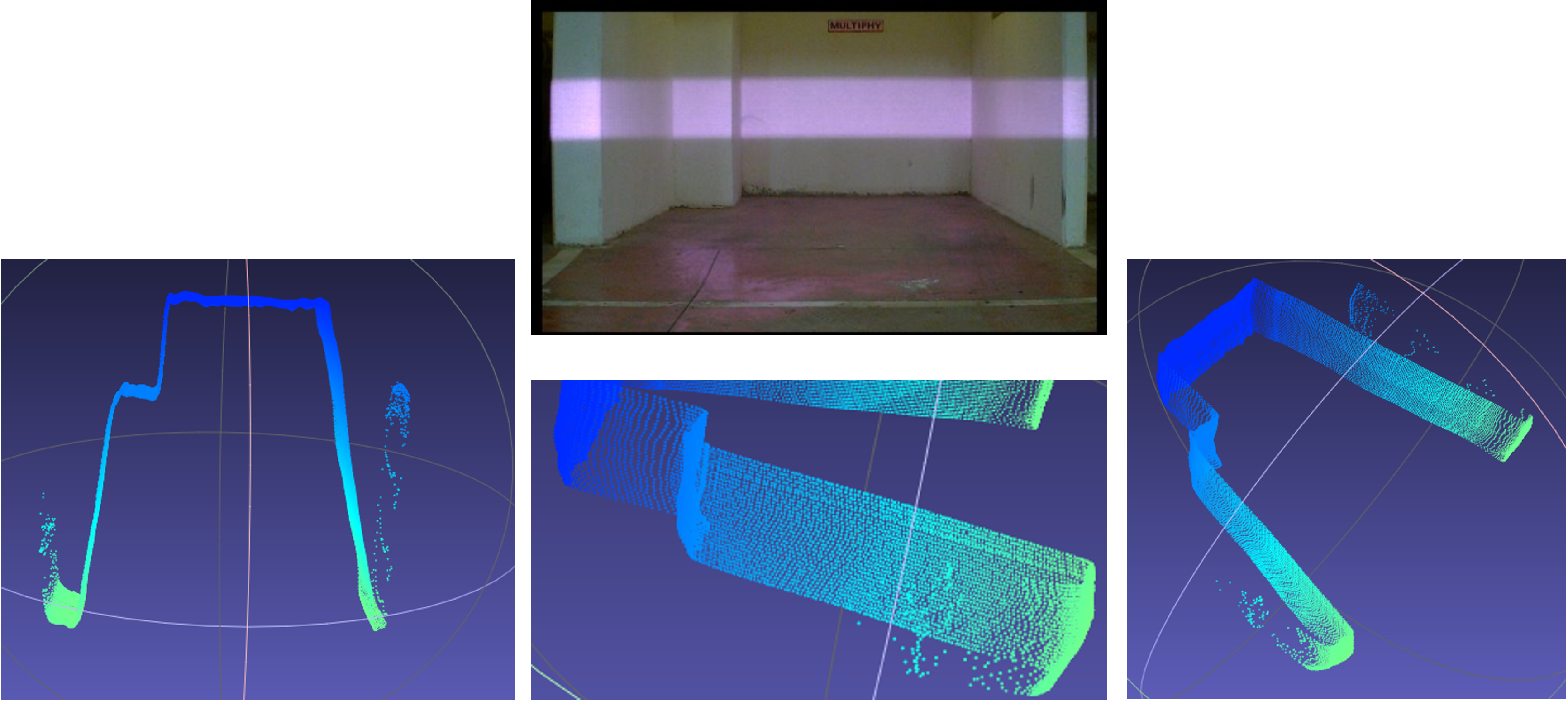
Newsight’s sensors enable greater and more accurate detection of parking lot dimensions from a distance. The system requires only four sensors to cover 360°, eliminating the need for surrounding cameras and costly image processing equipment for security and parking assistance.